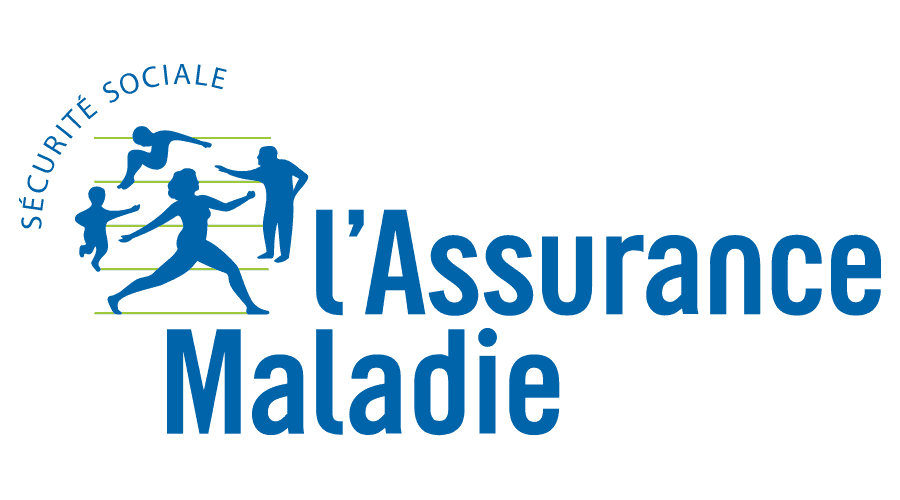




 Services
Blog
Français
Services
Blog
Français
IMPORTANT UPDATE: the approach proposed in this article is bad. Read this one instead.
You can start building a user interface using Django’s awesome CRUD in a matter of seconds, for example with just this server side configuration:
url(delete/(?P<pk>\d+)/$',
generic.DeleteView.as_view(model=YourModel),
name='yourapp_yourmodel_delete'),It doesn’t matter how long you’ve been using Django, this kind of trick is always charming. When you have a deadline, you know you can get Django out of the way in a single line of code, and work on the templates.
A rich user interface might need to work with many Django views. It might even need to reverse urls like yourapp_yourmodel_delete, which take an argument in the regexp…
A quick and easy way to do clear the way is to use the PkUrlKwarg mixin:
class PkUrlKwarg(SingleObjectMixin):
"""
Take the pk from request.GET or request.POST and sets it to kwargs,
useful to avoid fun reversing urls from javascript
"""
def get_object(self, queryset=None):
self.kwargs[self.pk_url_kwarg] = self.request.REQUEST['pk']
return super(PkUrlKwarg, self).get_object(queryset)This will make /update/?pk=123 to behave like /update/123/, eliminating the need to reverse urls:
# url
url(r'tab/delete/$',
login_required(TabDeleteView.as_view()),
name='form_designer_tab_delete'),
# view
class TabDeleteView(PkUrlKwarg, TabSecurity, AjaxDeleteView):
model = TabQuite controversial isn’t it ?
Django users know very the importance of clean, usable urls. I myself know how to write many urls to directly access a resource I often need. And that never is an edit url - except side-wide configuration for example /configure/ which is also pretty simple and usable.
At most, there can be nice delete urls like this: /blog/your-blog/delete/. These kind of great urls are designed to be used by Humans, not by Javascript. Javascript just wants to make a standard XHTMLHttpRequest to the blog delete resource for blog pk=1234.
/blog/your-blog/delete/.blogDeleteUrl + 'pk=1234'.



